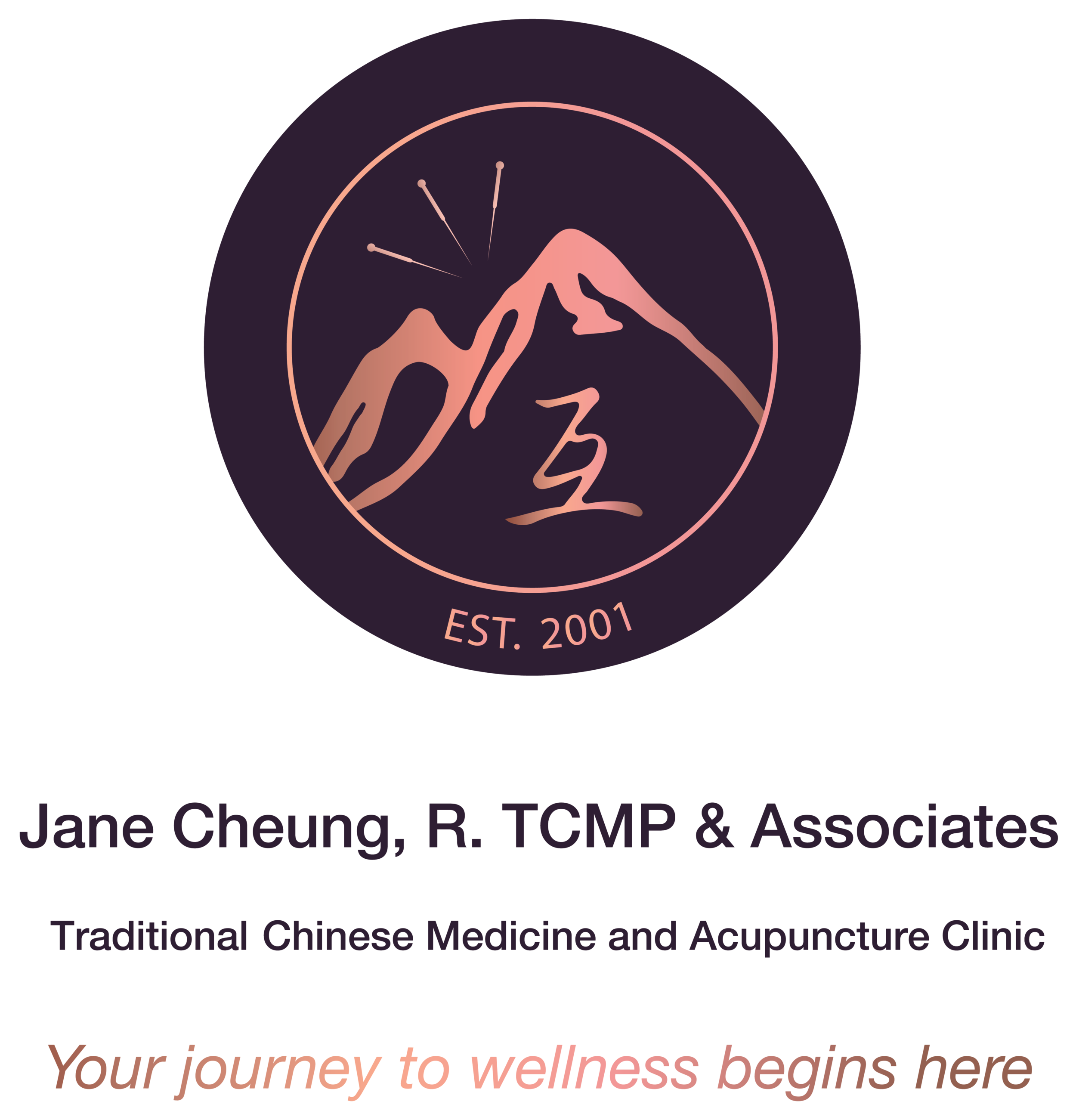“Vulnerability and Strength” Photo credit: Jane’s daughter Sarah
Physical Movement and Breathing
as part of the healing process
“Stillness and action are relative, not absolute principle. It is important to find a balance of yin and yang, not just in qigong, but everyday life. In rest, be mindful and attentive.” -Ken Cohen
Qigong and Daoyin involves various gentle mind-body movements which we often integrate for better treatment outcomes. If appropriate, we would guide you to continue these simple exercises as part of your self-care between treatments. They predominantly focus on specific body positions/exercises that are both fluid and synchronised with breathing to induce improved circulation, mental cultivation, and a greater sense of well-being.
Our practitioner Jane Cheung, R.TCMP has completed all the academic and clinical requirements for the title of Medical Qigong Practitioner with the recommendations of the faculty of the International Institute of Qigong Canada with Robert Youngs, R.TCMP. She continues to learn qigong through other teachers such as her own mother-in-law and Andrew Sterman. Always learning!
Benefits of Qigong and Daoyin:
Lowers heart rate
Lowers blood pressure
Improves asthma
Relieves bronchitis
Relieves migraines
Decreases stroke
Improves skin elasticity
Improves posture
Improves flexibility
Increases balance
Improves memory
Aides in digestion
Loosens muscles
Builds power
Strengthens organs
Sleep respiration
Strengthens nerves
Builds bone density
Prevents joint injury
Strengthens ligaments
Improves circulation
Prevents muscle spasms
Reduces pain
Improves kidney function
“It is not the healthiness of our diet that is most important, it is the health of our digestion. ”
Chinese Medicine Nutrition
In early Chinese Medicine, foods were considered from a naturalist point of view: by eating a food we bring some of that food’s nature into ourselves.[1] The principle of harmony between what we eat and the season is based on hundred of years of practical experience. Embrace native foods as much as possible. When we listen to our body and eat the right combination of food, it could help restore and/or strengthen our immune system, prevent inflammation and other digestive problems, and influence our moods and well-being.
Chinese medicine uses the classical system of the Five Element Theory. Each element are categorized by season, flavour (directionality), colour, and temperature (thermostatic influence). The five elements serve different functions in the body and generally correspond to the five major organ systems*:
For example:
Spring-Liver & Gallbladder (green colour/sour flavour): apples, grapes, apple cider vinegar, broccoli, dandelion, fermented food (i.e. sauerkraut, kimchi), olives
Summer-Heart & Small Intestine (red colour/bitter flavour): kale, bitter melon, watermelon, cherries, strawberries, red cabbage, red grapes, red beans, chocolate & coffee
Summer-Stomach & Spleen (yellow colour/sweet/starchy flavour): sweet potato, radish, golden beets, chinese red dates, rice or oats. Spices: cinnamon, ginger, turmeric, and garlic can aid digestion in the summer heat.
Fall-Lung & Large Intestine (white color/acrid/spicy flavour): leaks, almonds, pears, egg white, white sesame seeds, garlic, and ginger. Ginger tea, garlic with garlic and scallions can alleviate colds & sinuses due to weather changes.
Winter-Kidney & Urinary Bladder(black colour/salty flavour): seaweed, seafood, blackberries, blueberries, black beans, bone broth, root vegetables, black walnuts, goji berries, dark green leafy greens, black sesame seeds. Lamb, chicken, and beef help the kidney during colder months.
* Dietary Recommendations will be based on the needs and concern(s) of each individual patient.
The five major organ systems is a useful guideline that can be beneficial for general healthy eating or therapeutic purposes.
Resource
Andrew Sterman. Welcoming Food


